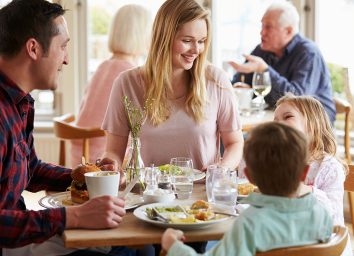20 Ways You Could Catch Coronavirus Dining Out
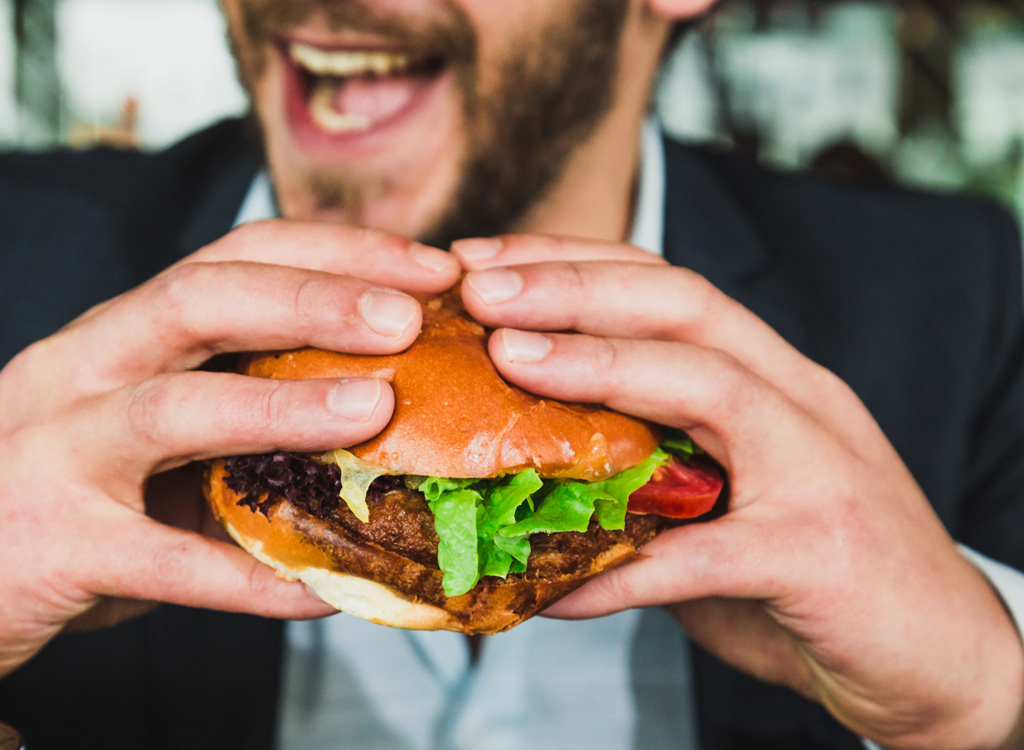
Going out to restaurants has a special feel to it. We don’t have to worry about what to cook, how many dishes to wash, and up until recently, we never worried about other diners getting us sick. Unless we went to very questionable restaurants, dining out felt relaxing and we could let our guards down. Nowadays, going to the post office or grocery store, let alone our favorite restaurants, comes with a lot of risk. And if you’re not careful, you could catch coronavirus dining out.
With many eateries opening their patios and outdoor seating areas to the public, we can finally indulge in our favorite entree items again. Unfortunately, the looming presence of COVID-19 still affects our lives and many of us have begun to forget that we need to remain vigilant. Restaurants and bars pose a large threat when it comes to the spread of the virus, and if we choose to dine in, the chances we can contract coronavirus skyrocket. Since the average diner faces at least twenty threats to their health at restaurants these days, it might be time to reconsider your night out and get order takeout instead.
Not wearing a mask in between courses
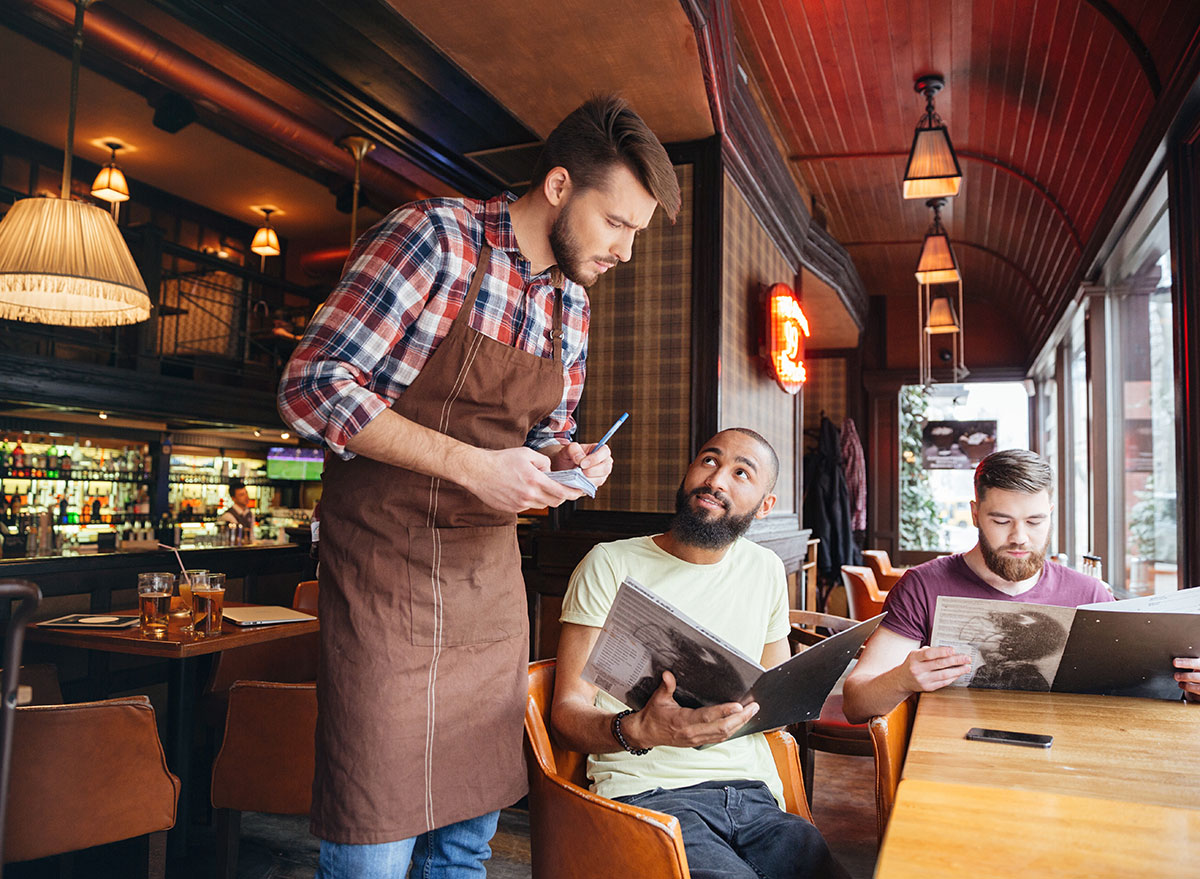
Wearing a mask during any of your daily activities seems second nature by now. Why shouldn’t masks also have a place when dining out? Bringing your own mask to a restaurant protects you from illness and spares your fellow diners in case you unknowingly carry the disease. By not taking advantage of this lifesaving accessory, you put your life into fate’s hands.
Having a drawn-out meal
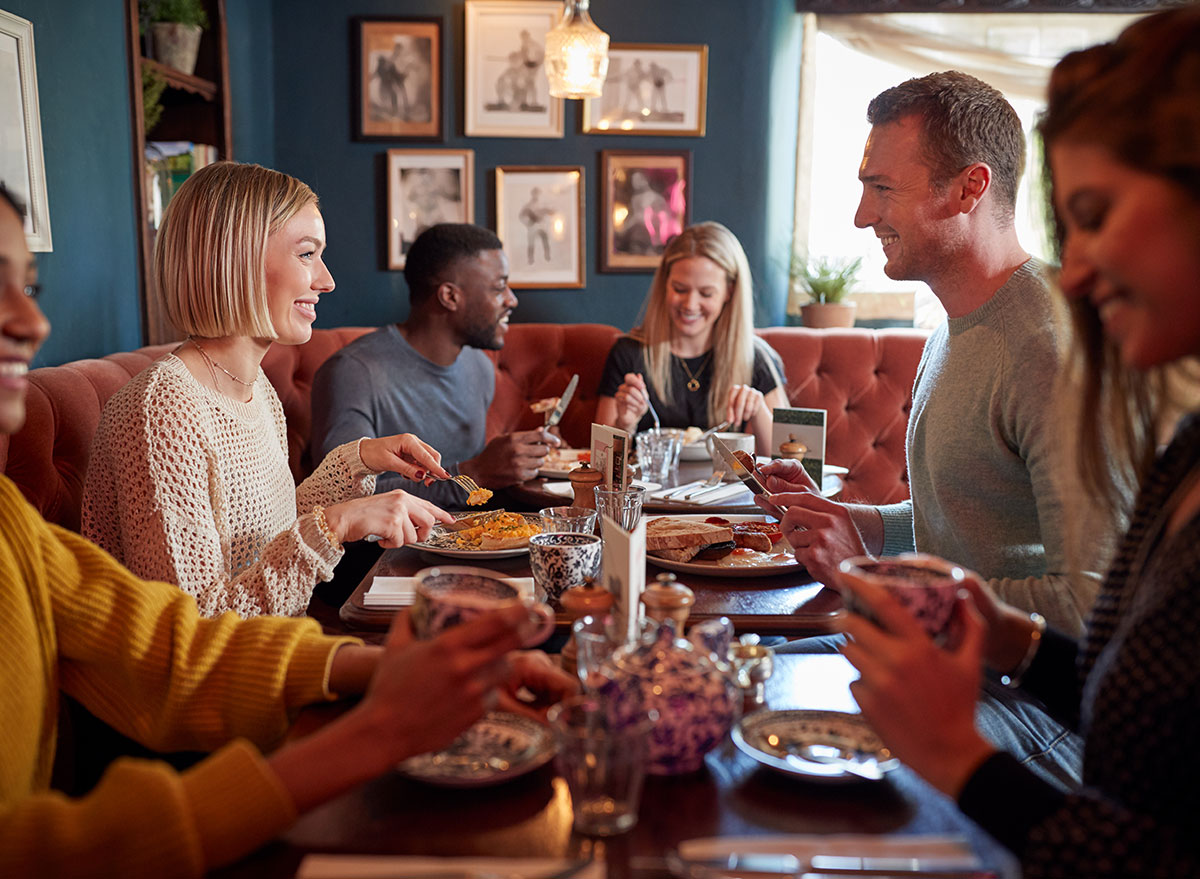
Exposure time means everything when you need to avoid getting sick. Having a drawn-out brunch or late night out guarantees you not only run into contact with many more people and germs, it exponentially increases your chance of coming down with the virus. According to the CDC, limiting exposure to strangers remains integral to staying healthy. If you opt to eat out, limit your stay to a quick bite and don’t stick around to mingle afterwards.
For more coronavirus related tips, be sure to sign up for our newsletter.
Putting your hands close to your face
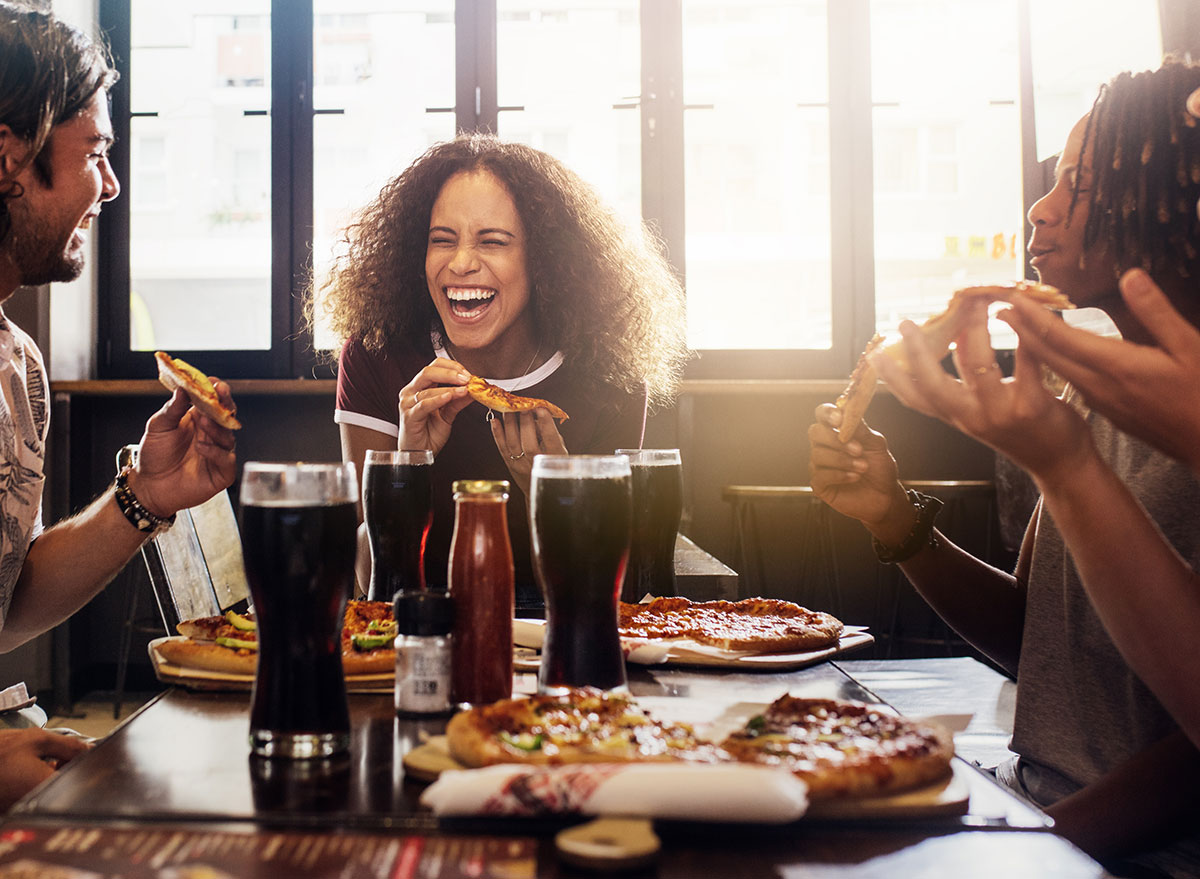
Everyone learns from a very young age that you can easily catch an illness by placing your hands around your face. This advice still holds up in a pandemic—instead of lifting a cup or sandwich up to your face, keep your hands a healthy distance away. Use a drinking straw or cut up your food and eat it with silverware. Dare to look ridiculous—it’s far better than falling ill.
Not washing your hands before eating
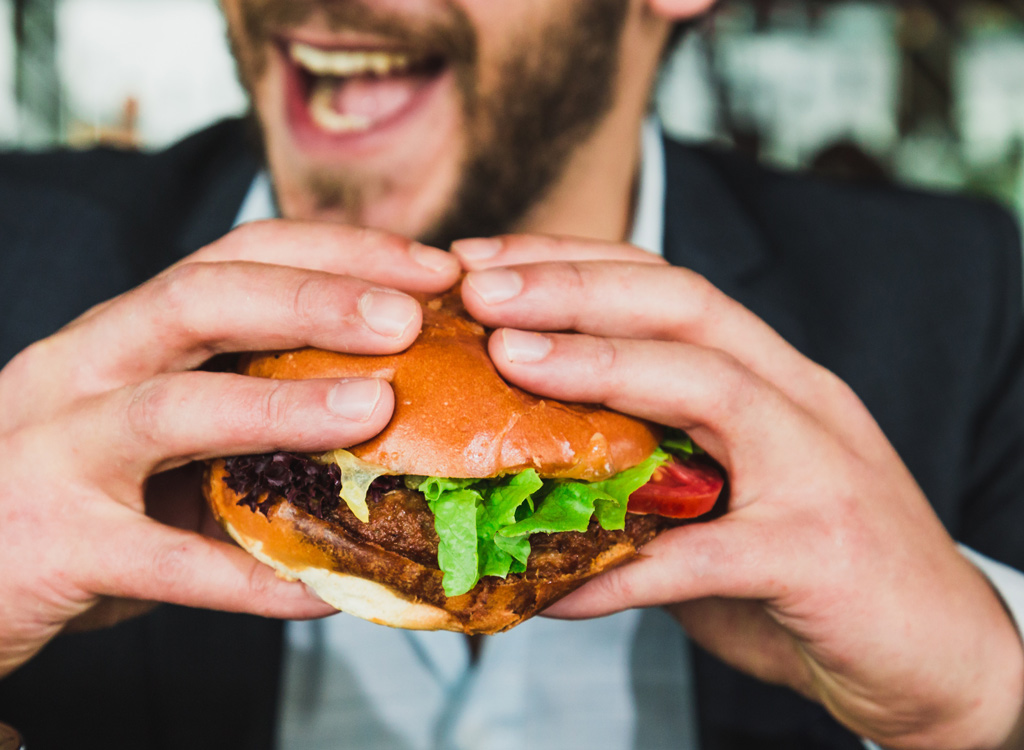
Washing your hands before eating seems simple enough, but how many diners actually follow this rule on a daily basis? With a virus that dies in contact with soap, washing our hands before we even place an order guarantees we keep ourselves healthy and away from danger. Make washing your hands a new habit. Otherwise, the consequences of forgetting can prove deadly.
Not sitting far enough from other diners
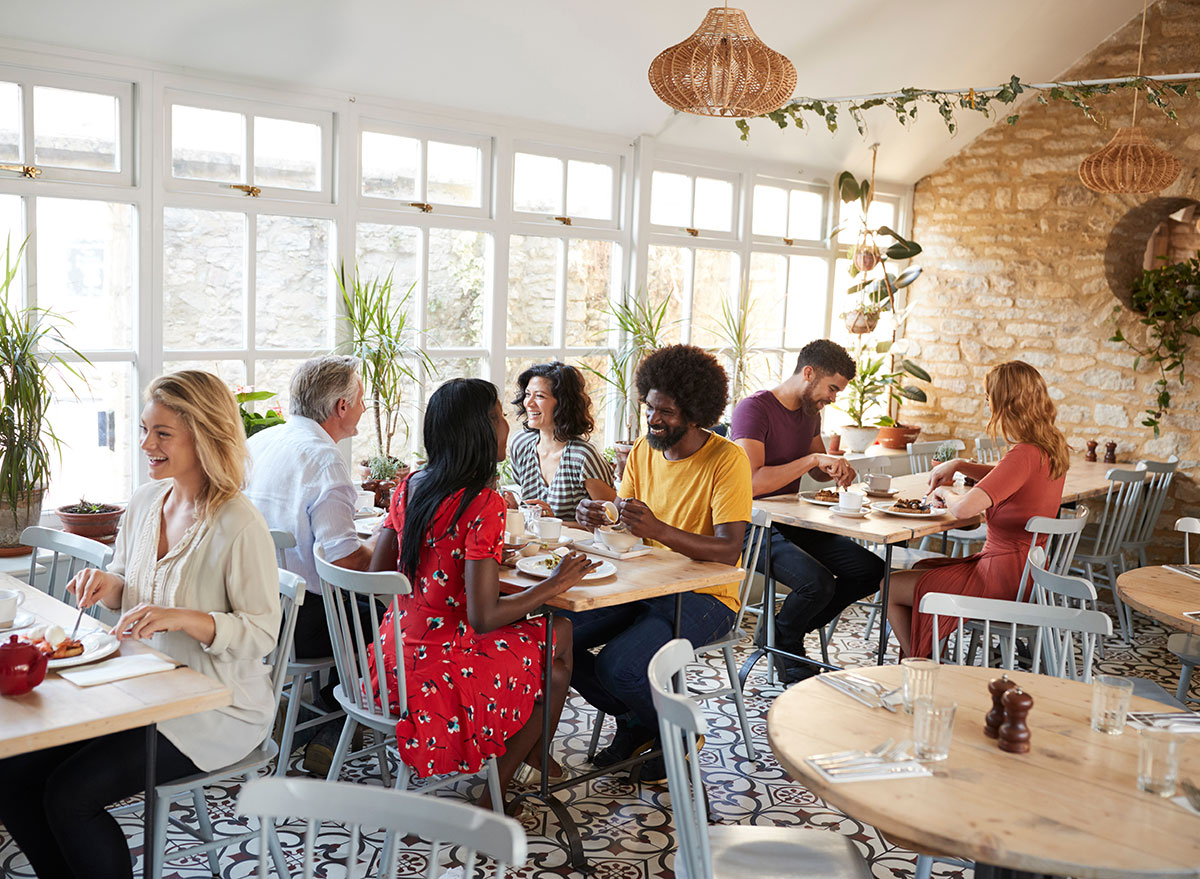
Restaurants reopened with the condition in many states that you have to space diners at least six feet apart in order to prevent the spread of germs. Some restaurants stretch these limits by spacing tables as close as legally possible, but legal doesn’t necessarily mean safe. Take heed from the CDC and give yourself as much room as possible between you and your fellow diners. The chance for illness only increases if others around you act irresponsibly and don’t follow social distancing rules. Do yourself a favor and help keep everyone a bit safer.
Sharing drinks

By now, everyone has heard that COVID-19 spreads through water droplets when you sneeze, cough, or just plain breathe too hard. This same threat doesn’t go away when you share drinks. The exchange of saliva with another infected person guarantees you will not be feeling good in a few days. Even if you know who you share the drink with, they may be asymptomatic or presymptomatic, unknowingly infecting you. Take the safest path and opt to keep to your own beverage.
Unsupervised children
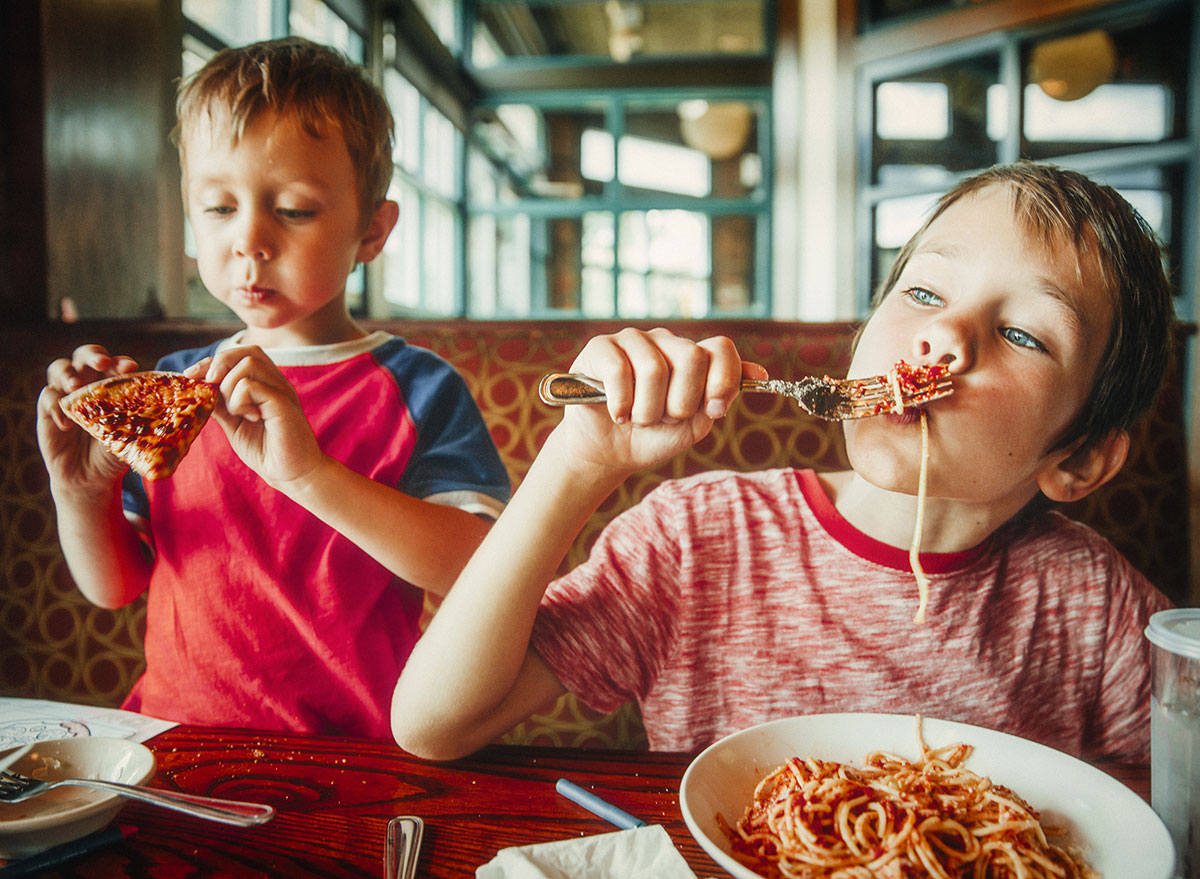
In the era before quarantine, loud and unruly children could ruin any night out. They not only disturb the peace, they now act as carriers of disease that can disrupt your life. Toddlers and young children have been known to resist wearing masks in public and when parents let them bother other customers, any social distance protection goes out the window. Avoid young children and opt to order-in.
Using communal table condiments
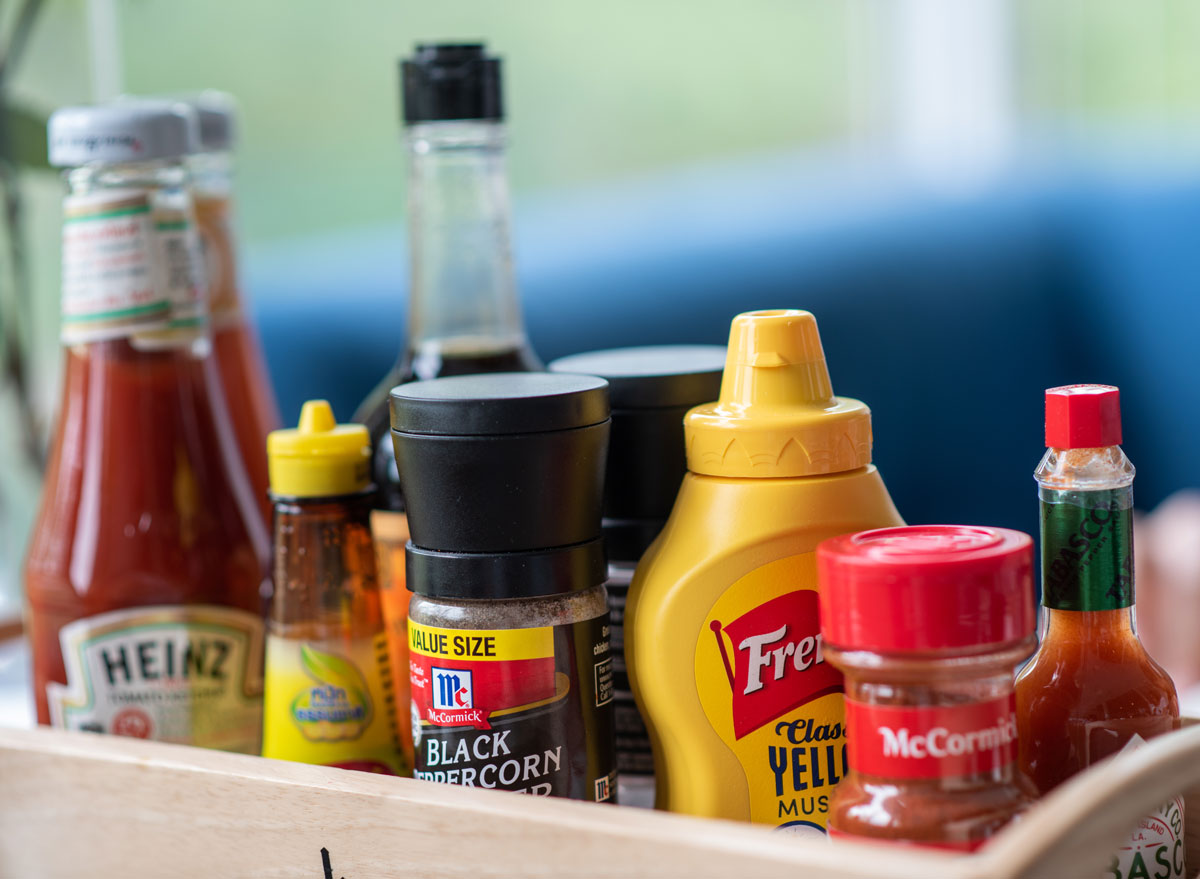
On an average dining day, think about how many people touch salt shakers and sugar jars on tables. Now think about how many of those people may not have been following proper safety precautions to limit the spread of COVID. Finding ways to minimize contact with others remains priority number one, but unknowingly picking up someone else’s germs by using communal table seasonings may be one of the most easily preventable ways to get coronavirus. If you have to season your food, use a disposable napkin to grab the item you need.
Going to restaurants with minimal safety precautions
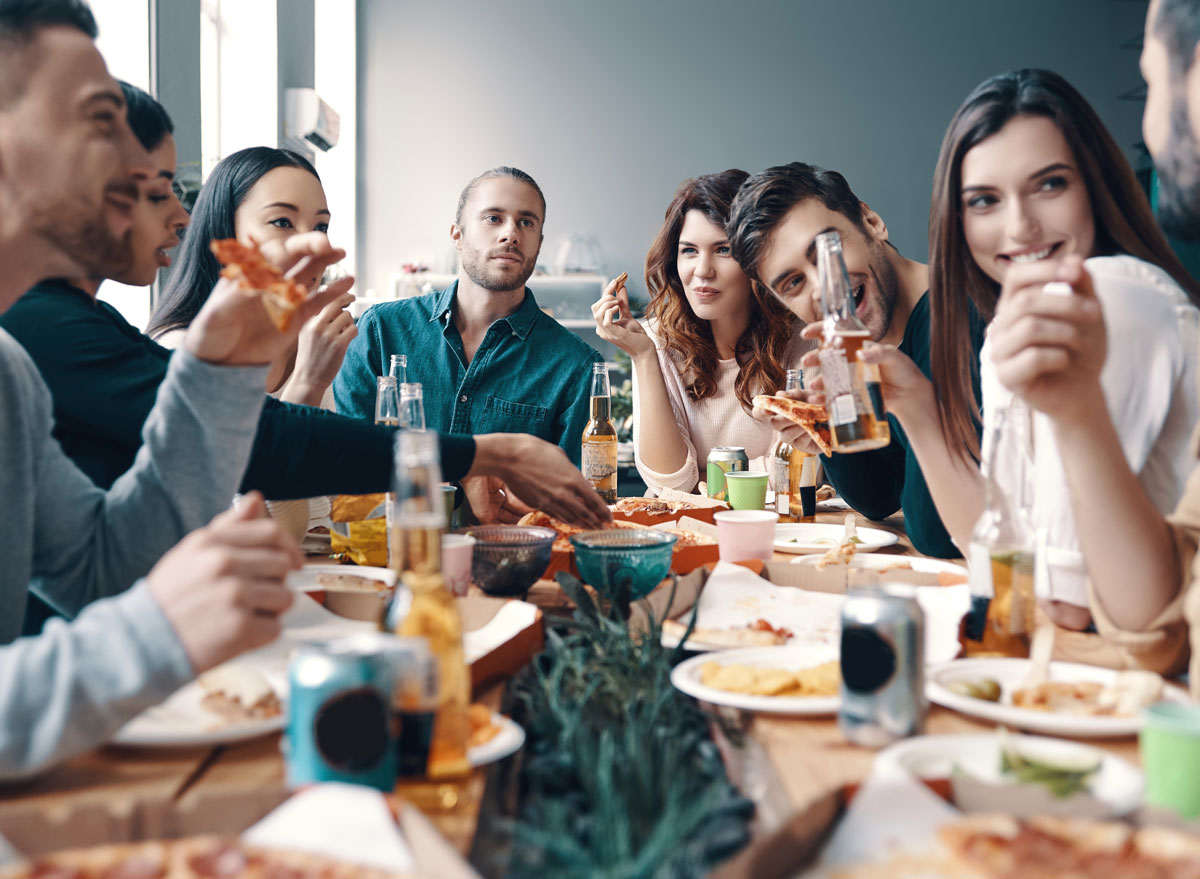
Each state handled the coronavirus lockdown differently and many continue to have different levels of enforcement when it comes to reopening the state. What may pass as legal in Florida or California might be considered illegal in New York. Don’t assume you are safe if a restaurant lets you in—the state might have lax laws when it comes to social distancing and you could unnecessarily place yourself in harms way. Don’t assume that a legally open restaurant is safe.
Employees aren’t wearing PPE’s
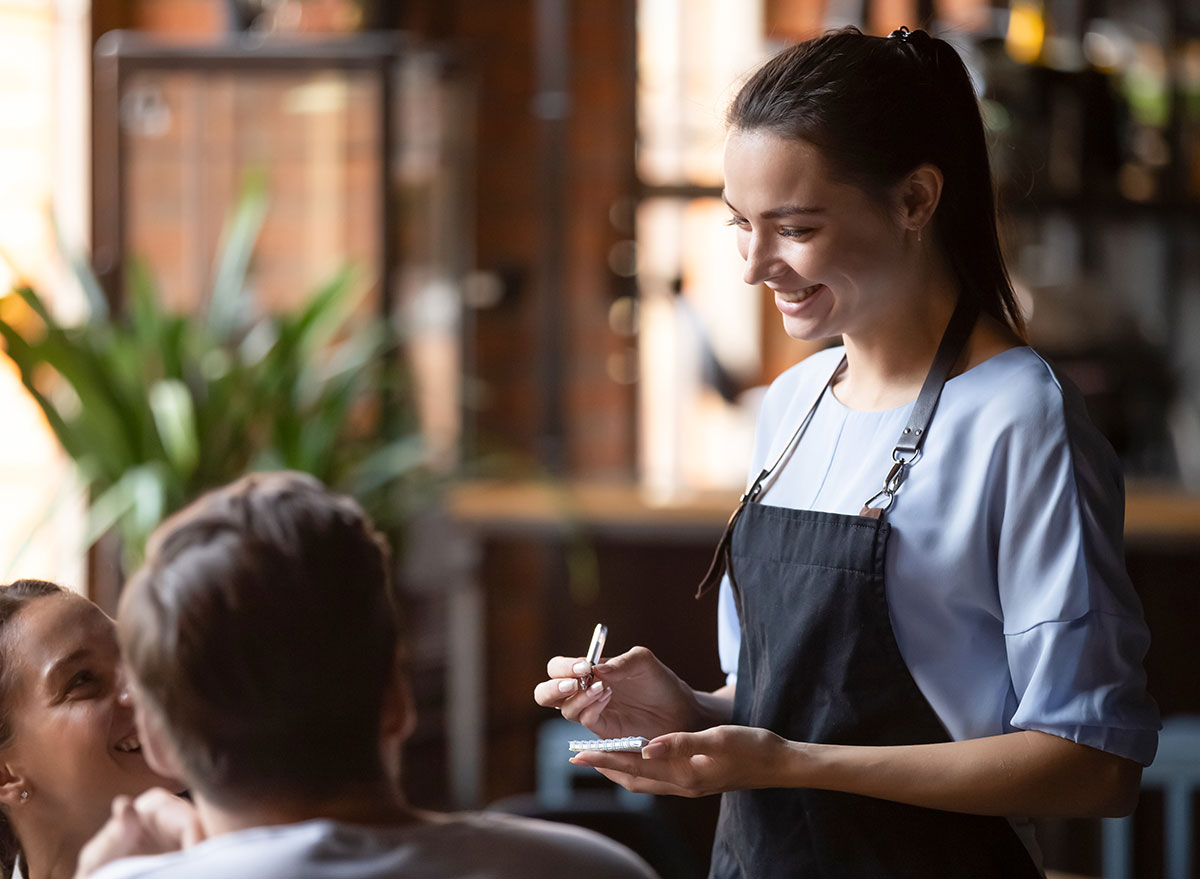
Some states have different rules when it comes to the protective accessories employees need to use when it comes to preparing, handling, and serving your food. If you look across the counter and see that the chef doesn’t have a face shield and still handles food with their bare hands, it might be time to find a new restaurant. If the restaurant employees don’t take your safety seriously, don’t feel like you have to eat there.
Valet services
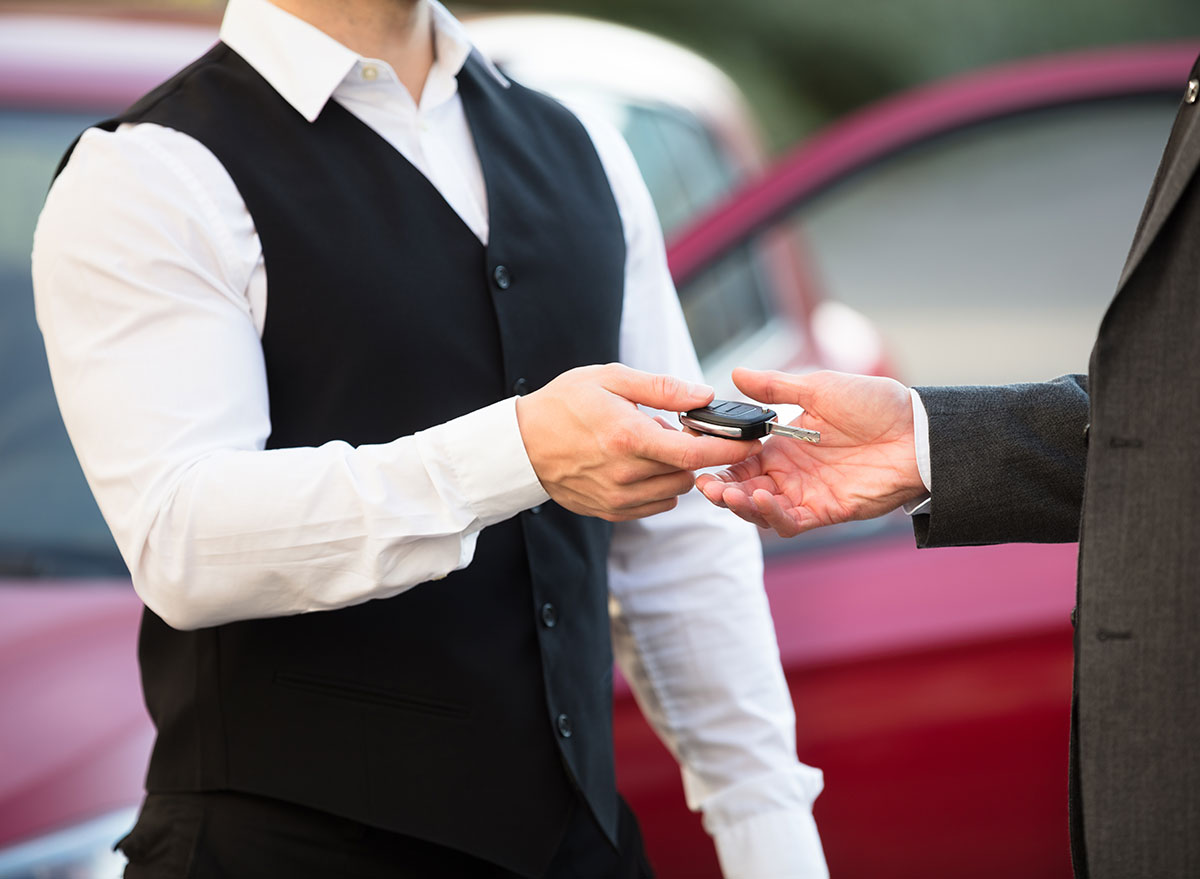
With some states entering phase 3, more indoor restaurants have opened their doors to diners. These locales include country clubs and upscale restaurants that could not accommodate outdoor seating. When you drive up to the restaurant, you might immediately face a threat from an often overlooked group—valet service. Opt to park your vehicle yourself to minimize contact with strangers and save some bucks in the process.
Congregating around entrances
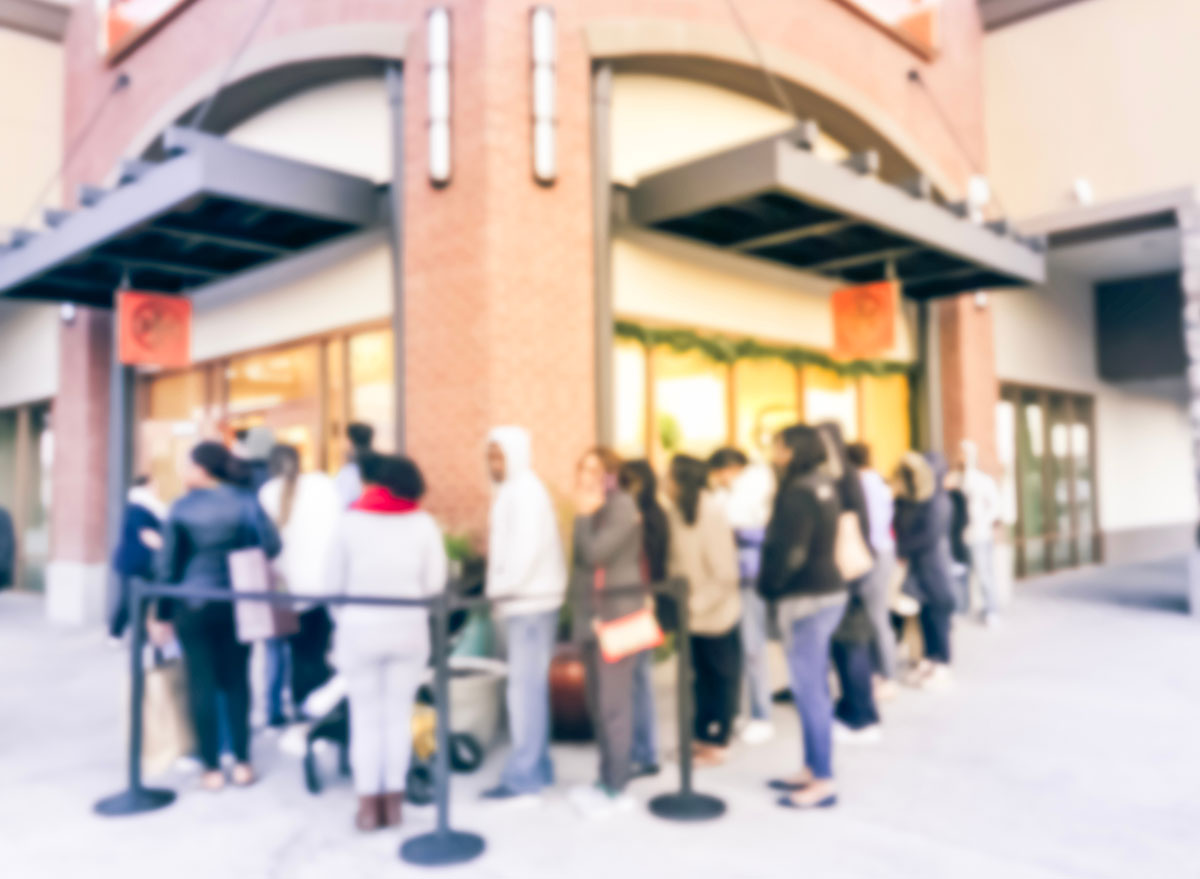
Many restaurants stopped letting diners mingle by the hostess station while awaiting a table. With increased wait times due to capacity limitations, this wait can take a while and cause a potential buildup of hungry patrons unknowingly passing germs between one another. Unfortunately, these areas serve as an immediate threat to anyone looking to stay healthy. Keep clear of crowds to ensure a safe dining experience.
Forgetting to wash your hands after eating
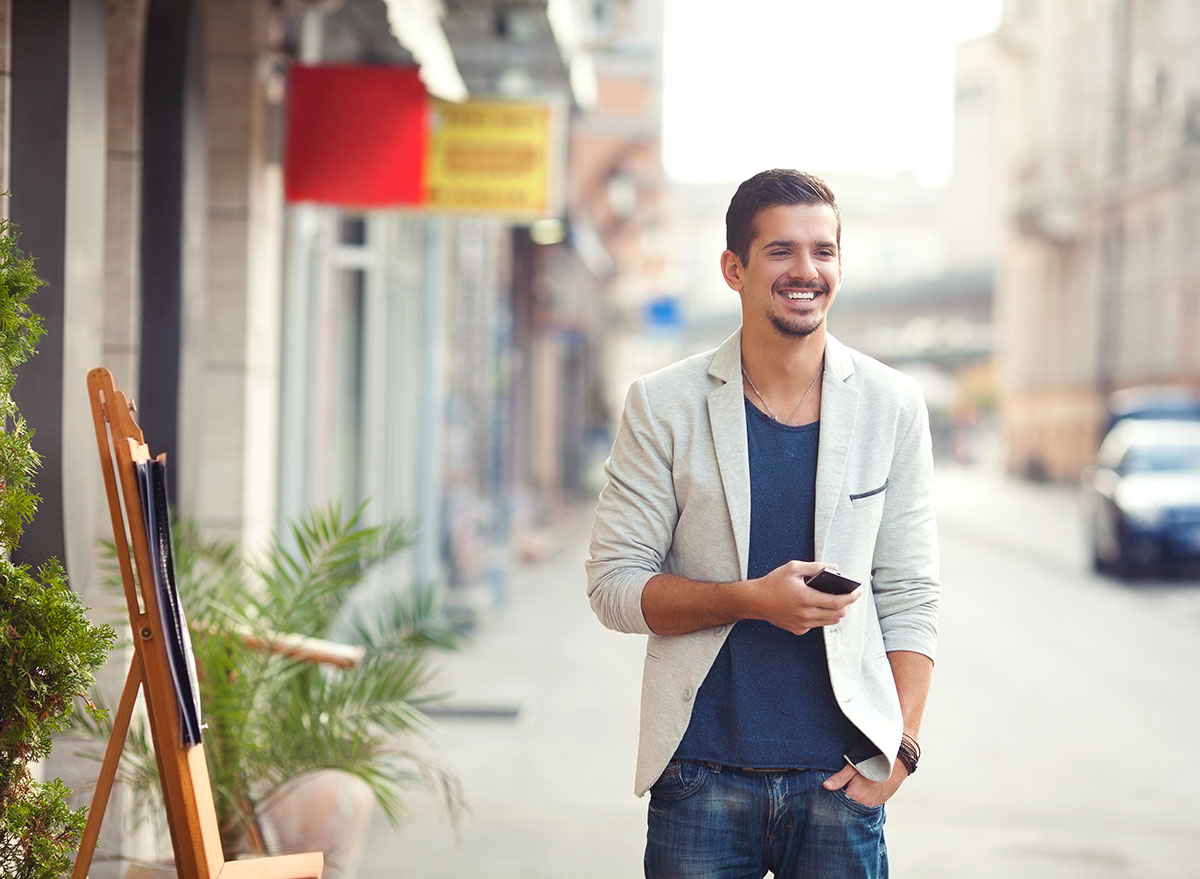
Don’t think you just need to wash your hands before eating? You probably don’t keep track of all the random objects you touch in the course of your meal, but the wrong contacts can immediately lead to contracting a virus. After you finish your meal, make sure you sanitize your hands to prevent any foreign germs from following you home. You can even carry a small bottle of hand sanitizer with you to make this step easier.
Self-serve food, condiments, and silverware
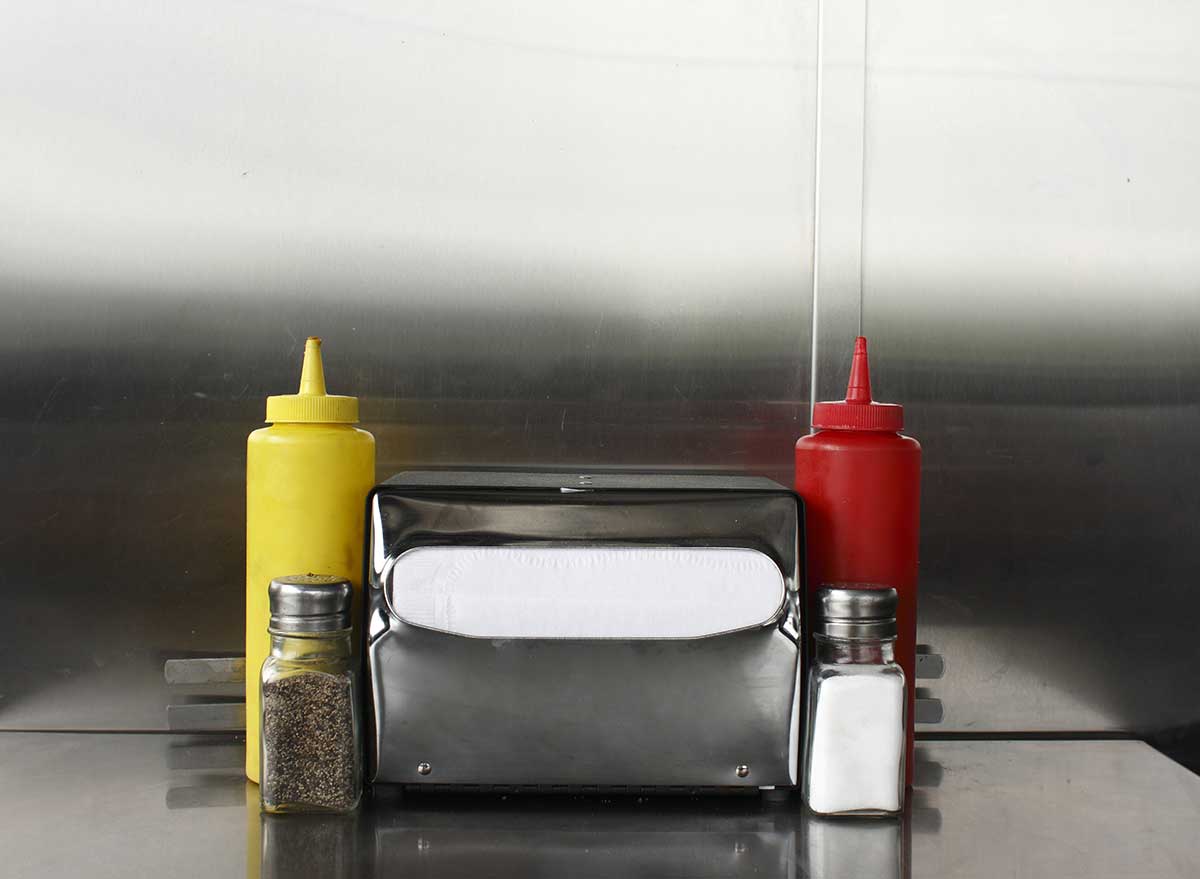
Communal silverware and condiments have been mostly removed from eating establishments, but that doesn’t mean that some restaurants have totally removed self-serve stations. Whatever you do, avoid establishments that require you to get your own silverware. It just takes one wrong person to touch every knife or condiment packet to lead to a mass transmission of illness.
Their bathroom soap isn’t strong enough
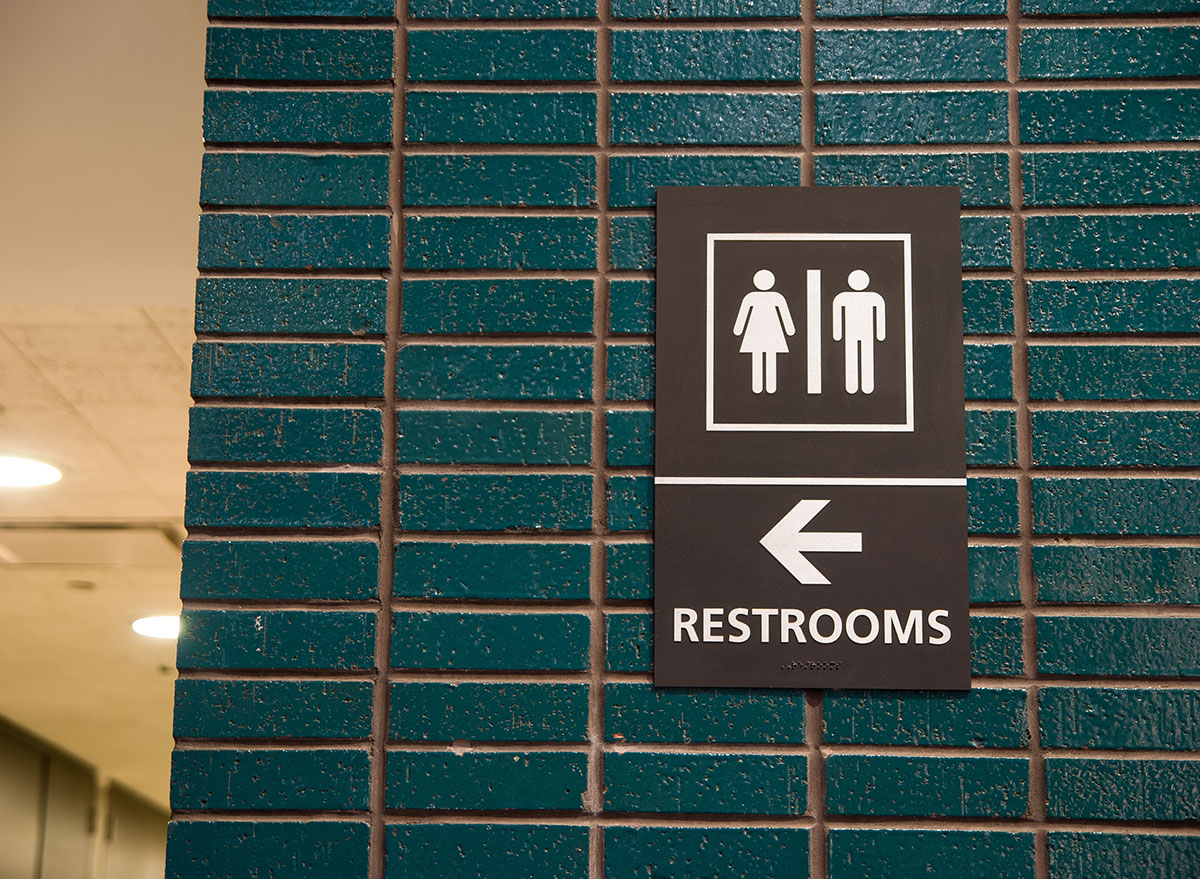
One of the luckiest aspects of coronavirus is that pretty much any soap can kill the pathogen. On the surface, this seems like good news. Unfortunately, several common hand washes don’t do the job right, leaving you vulnerable. If a restaurant only provides a soap-free skin cleanser or a hand sanitizer with less than 60% alcohol, you will be left defenseless against the virus. Make sure that your dining establishment provides the right soap, and when in doubt, bring some hand wipes or hand sanitizer.
Indoor seating
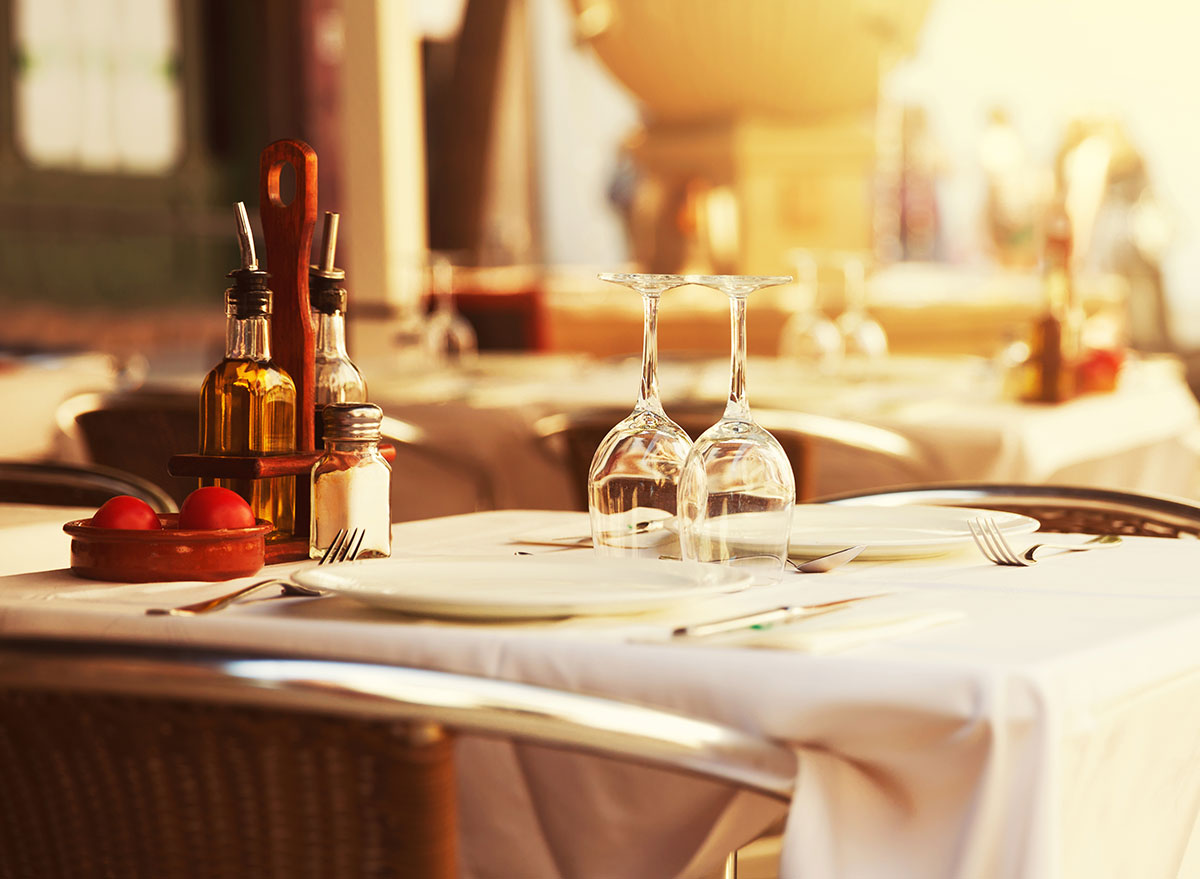
Airflow remains a vital factor in preventing respiratory disease from infecting us, leading to a natural problem with indoor seating. According to the CDC, this type of dining environment poses an increased risk of transmission due to restricted airflow. If a restaurant exclusively serves diners indoors or has run out of outdoor seating and wants to seat you inside, turn around and find a different establishment.
Not enough ventilation
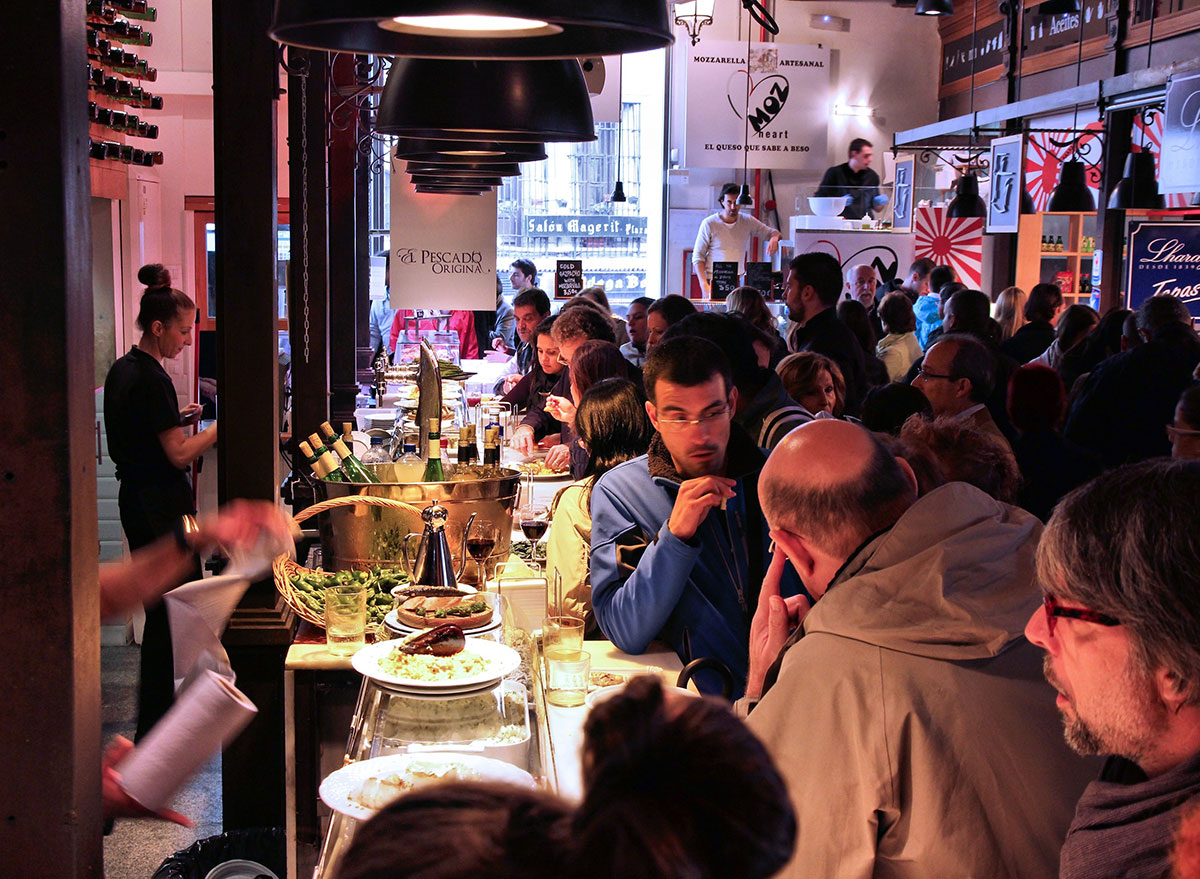
Even if a restaurant lets patrons eat outdoors, improper ventilation can lead to similar airflow problems that eating indoors presents. On a hot summer day with a little breeze, canopied eating zones face a greater threat than an area with a breeze. If it seems like your dining area doesn’t have the proper ventilation, skip the meal, and find a new locale.
Patron mingling
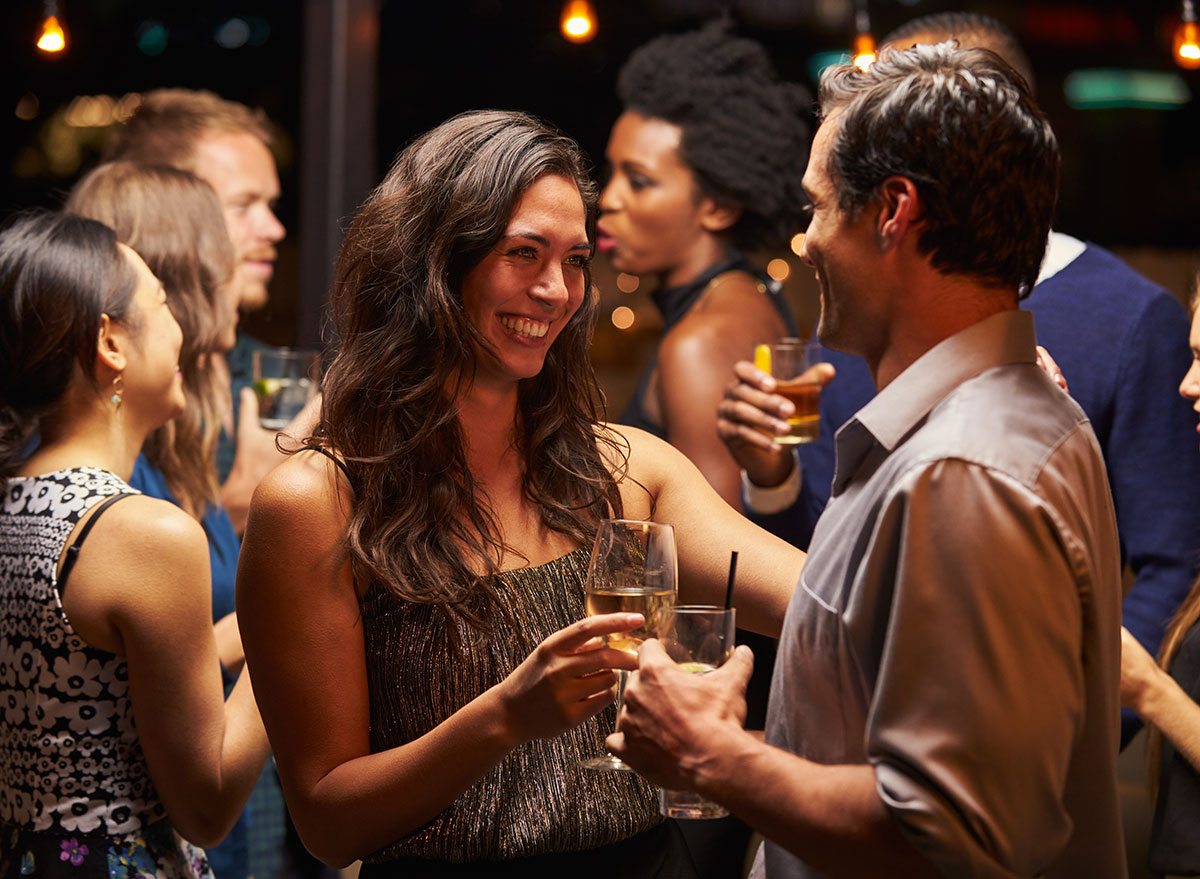
On the surface, many outdoor establishments seem safe to eat at. After all, rooftop bars and outdoor patio areas provide proper airflow and ventilation, right? Mingling in crowds presents one of the highest threats to diners and any business that allows patrons to stand close to one another can’t be considered safe, no matter how legal it is. Don’t put yourself and others at risk—avoid crowded areas at all cost.
Sitting at the bar

Cozying up to a restaurant bar presents its own set of dangers and challenges in this new era of dining out. Not only do we risk picking up the virus from touching a bartop that hasn’t been properly sterilized, we remain uncomfortably close to the bartender and other patrons. Even with proper social distancing, these areas can’t be as easily maintained as limited table seating, presenting their own microbial minefield to avoid when dining out.
Going out if you feel ill
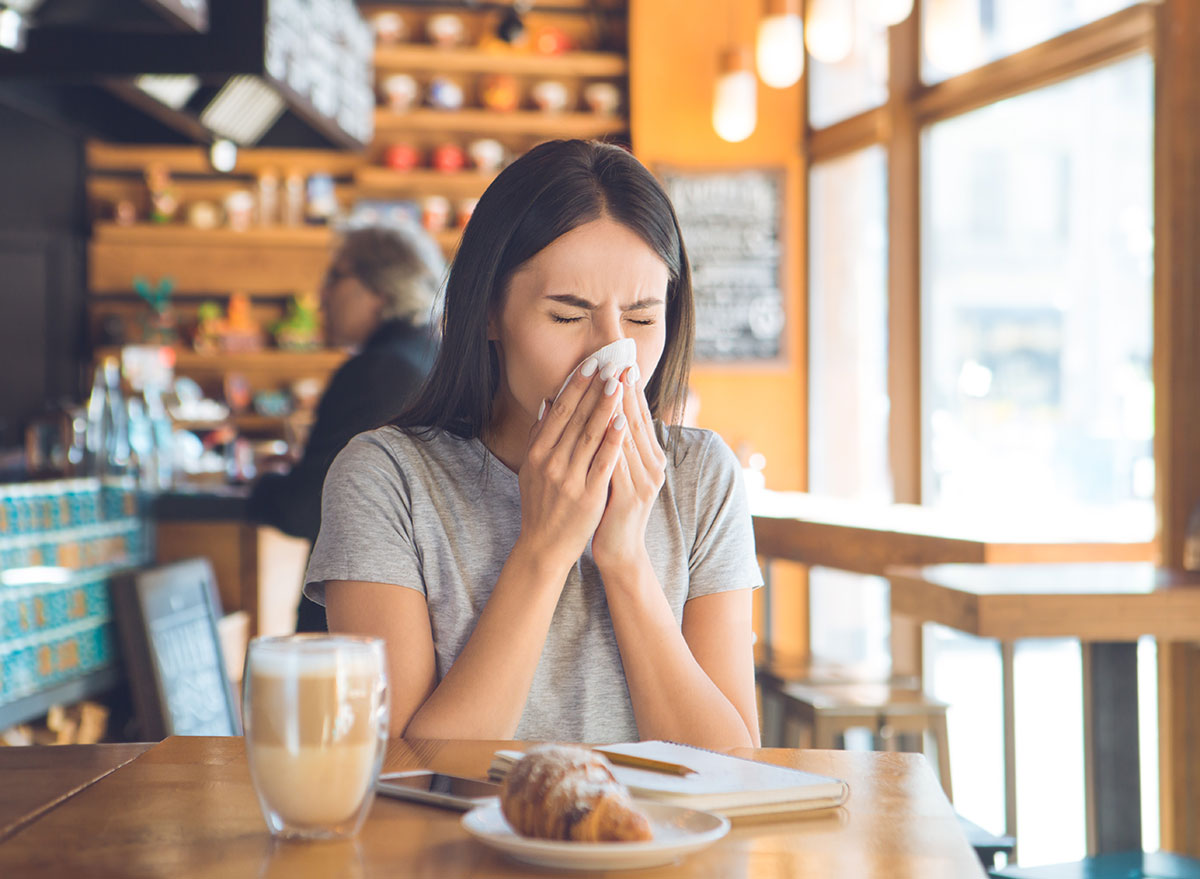
The best way to avoid falling ill in any situation is by staying home when you think you have started to come down with something. Even if you think you just have a cold, your body has a lower immune response due to it fighting off whatever illness you currently have to fend off. This low-level state of being immunocompromised makes dining out particularly dangerous. If you have any symptoms of any illness, stay home, and stay safe.

